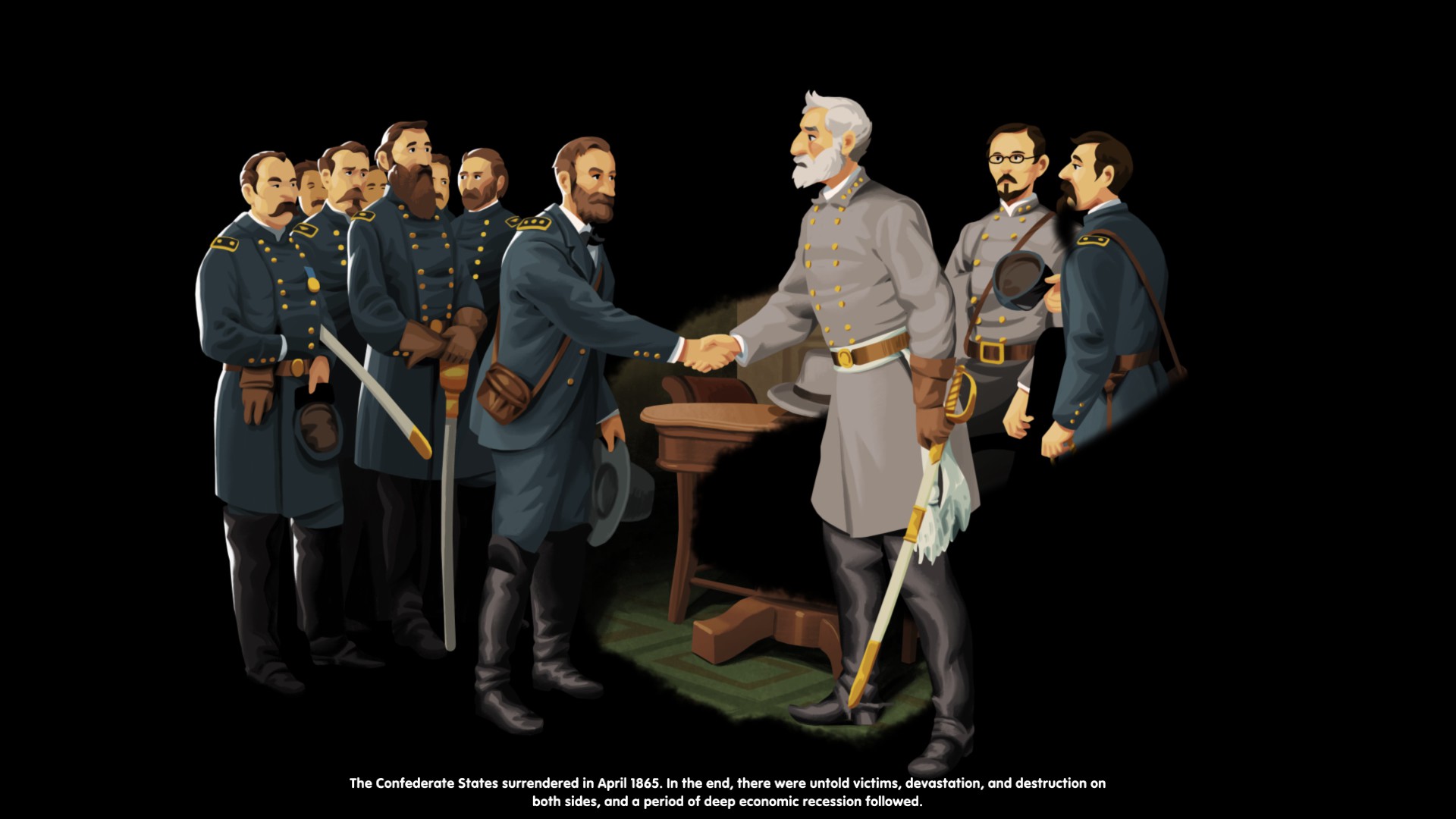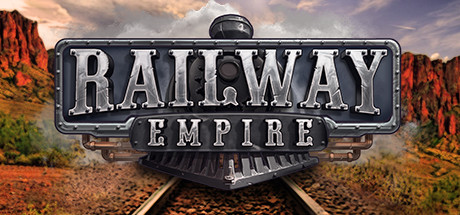The number one railroad company simulator out there, Railway Empire is the spiritual successor that Railroad Tycoon veterans have been waiting for and its DLC package only makes it better.
Type: Single-player
Genre: Strategy, Simulation
Developer: Gaming Minds Studios
Publisher: Kalypso Media
Release date: 7 August, 2020


Overview
The classic Railroad Tycoon series is one that stands out among my early gaming memories. I remember watching my dad and uncle managing their companies long before I understood what was even happening, though I got a kick out of watching the ever-expanding railroads and the trains that traveled back and forth on them. It wasn’t too much longer that I began building some of my own before I had any right to be. The sequel, Railroad Tycoon 2, released when I was a few years older and it was at that point that I remember actually being able to put together and maintain an efficient system of rails. I even gave it another go in the last half of a decade or so as none of the other titles of the same theme seemed to be able to outdo it.
Enter Railway Empire. Within my first hour of playing it became clear that I’d stumbled across the holy grail of train management. All of the memorable elements of Railroad Tycoon were present and it wasn’t just a simple clone either, it modernized and innovated on new aspects that resulted in an even more in-depth experience.
The More Things Change…
Railway Empire carries on the tradition of Railroad Tycoon. You take on the role of the head of a budding railroad company and must find a way to turn a profit as you expand and maintain the tracks, stations, trains, and industry that you’ve acquired. Profits are made when the goods produced by industries are delivered from one of your stations to a city that demands them. This demand is determined by the size of the population and the industries present there. Each population threshold adds a new product that is demanded and each industry adds a demand for the good(s) that is consumed to manufacture its own. You’ll spend quite a bit of the early game shipping assorted agricultural products to be processed into meat and beer to support the growth of early cities.
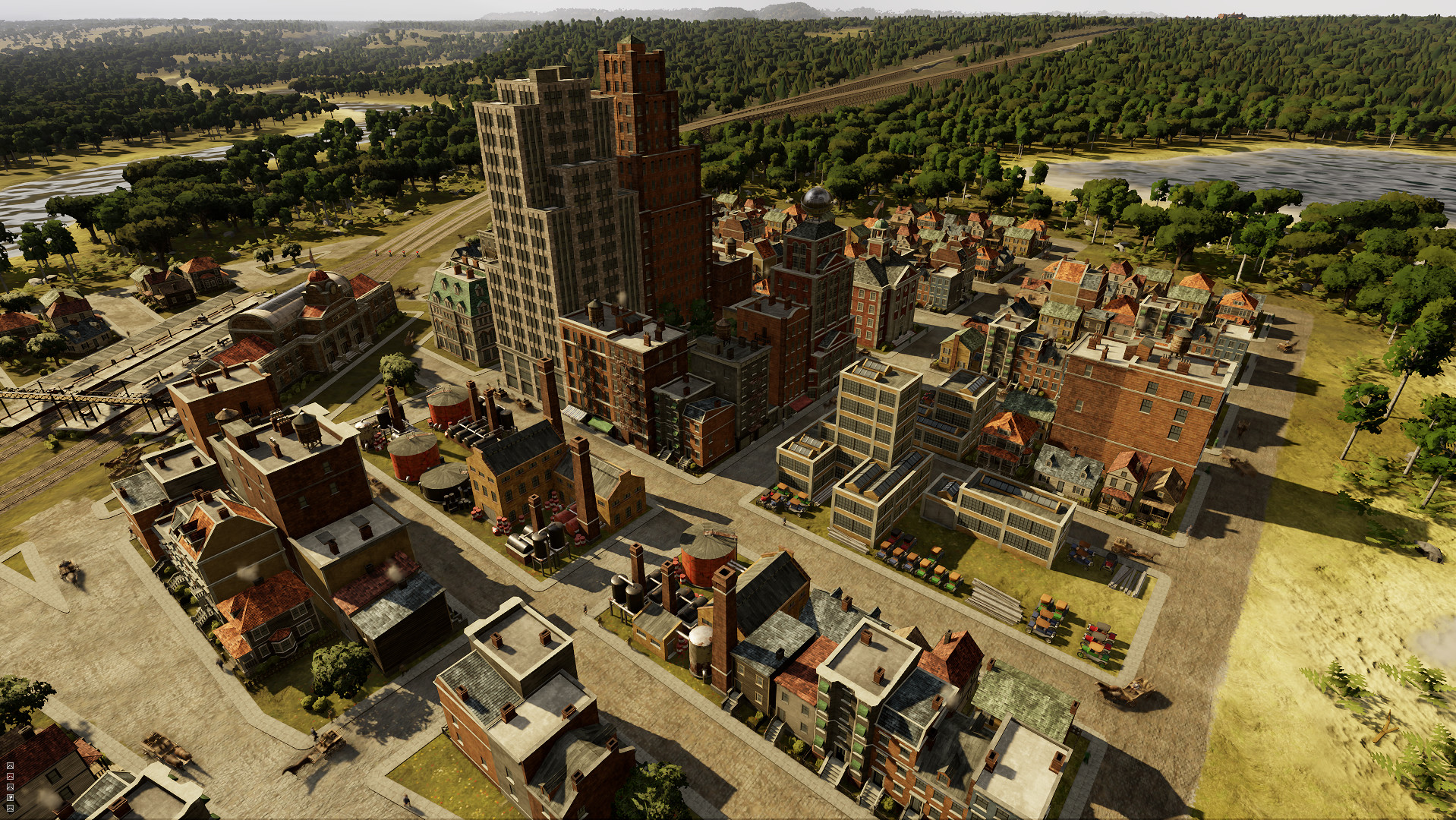
Meeting the Growing Demand
As demand rises, you’ll have to continue to adapt to ensure that you can provide the necessary supply. Large populations require a higher quantity of their demanded resources, often requiring additional logistical measures like direct rail lines and personal warehouses to meet them. Successful industries will upgrade if they’re getting enough business which increases the number of goods they produce, though it also produces the amount they consume if they do so. A furniture factory operating at full efficiency will need a lot of lumber that is produced by sawmills which in turn need to have a steady supply of raw wood. There’s plenty of room for serious profits if you can keep up with the demands of your growing supply chain, especially if you purchase the industries that are producing the goods themselves.
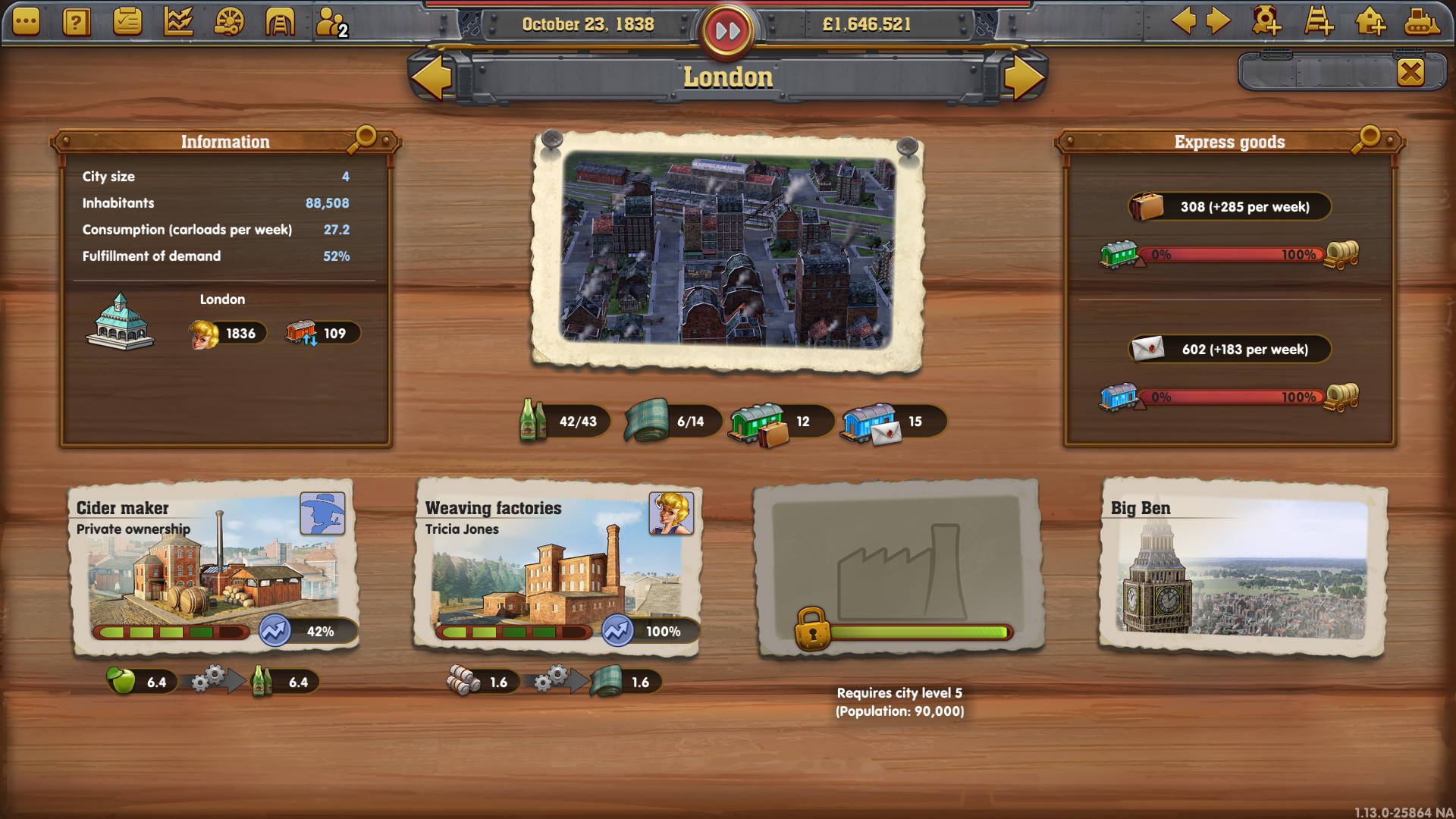
To pull all of this off, you’ll need trains, lots of them. There come in a wide variety with some being specialized toward express routes while others are intended for freight delivery. Express-oriented trains tend to have a higher top speed though they often have significantly less tractive power making them slow down far more than freight-oriented engines when carrying heavy loads or dealing with elevation changes. Purchasing the right trains for the task at hand is huge, though you don’t need to micromanage what they transport unless you have a very specific goal in mind, such as an express route for only passengers and mail or a line that is specifically for delivering large quantities of apples for cider. The default setting has them pick up whatever is in supply at their current station as long as it is demanded at another station on their route. As your progress through the years, you’ll acquire increasingly fast and powerful engines that will continue to make your lines more efficient as you retire your older models.
Laying track is more complex than most other railroad sims and lines up far more closely with some of the deeper logistical sims that exist out there. Though you’re free to build as you please as long as you have the funds for it, you’ll have to factor in elevation changes, bridges, tunnels, and trains sharing the same tracks. Steep inclines can seriously hinder the speed of your locomotives, especially those with low tractive power, though tunnels are exponentially more expensive than standard tracks so you’ll have to use them sparingly until you’ve started making a stead profit. Even more importantly, trains cannot phase through each other and you’ll be closely monitoring side tracks, parallel tracks, and signals, which may come as something of a shock to those who are expecting a more casual experience.
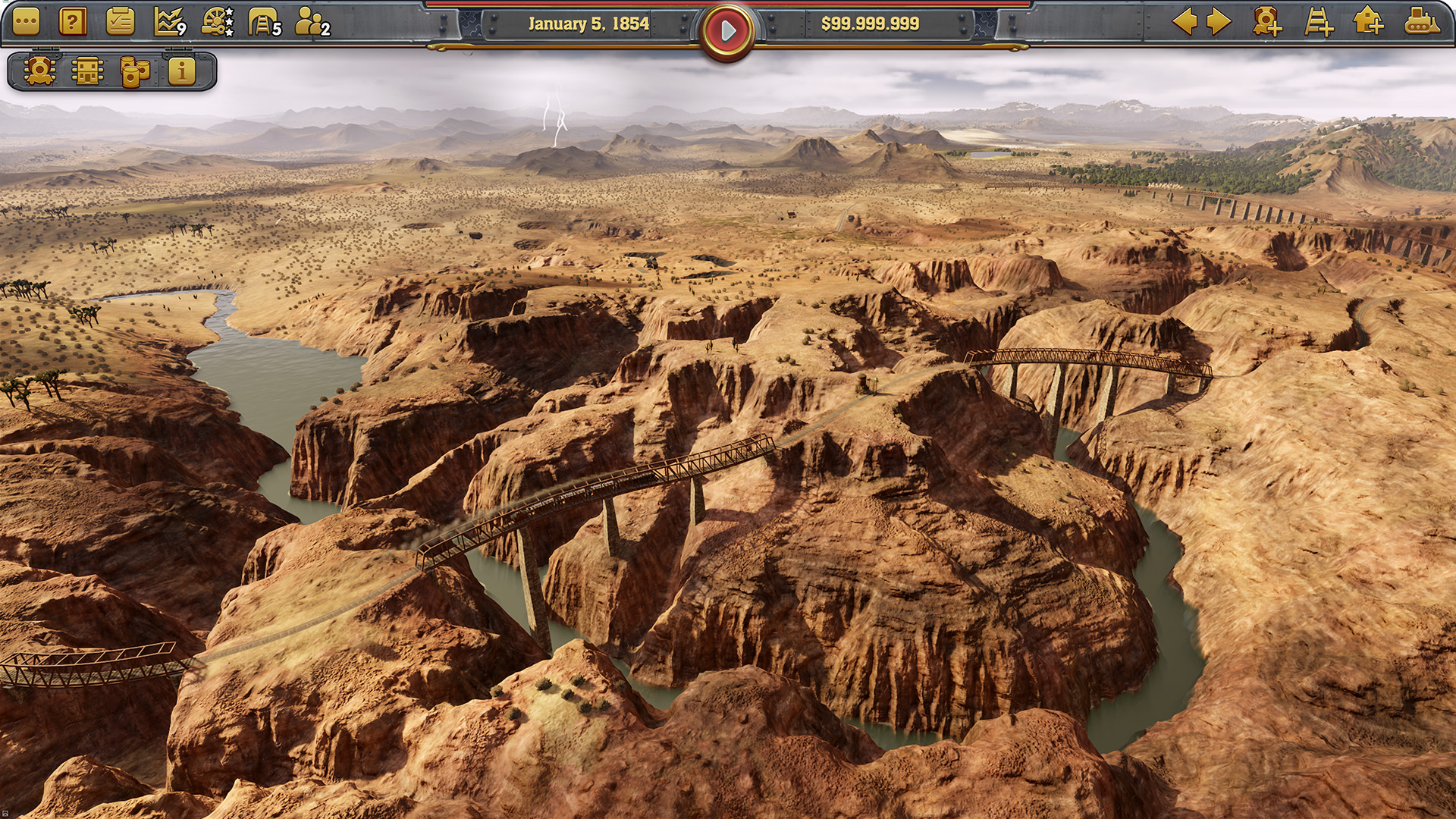
All around the World
The base game of Railway empire focuses on the railroad development of the United States with its campaign and accompanying scenarios. I had plenty of fun with it and when I got my hand on the DLC I was pleasantly surprised by what it offered. At first I was disappointed that there weren’t any new campaigns, though the scenarios ended up not only being designed well, they’re clearly designed with a challenge in mind for those who’ve had experience with the game beforehand. I found the objectives of the original on the easy side, though each of the DLCs offered significantly more of a challenge than anything I’d come across before them. It wasn’t rare that I’d be completing a goal within six months of its deadline as opposed to always having a year plus to spare. It was a noticeable change and one that made me a much better railroad president because I had to be to achieve success.
Outside of the difficulty spike, each DLC comes with a new map and plenty of new goods to add some unique flavor to each of the new regions. It was oddly satisfying to ship cider around Great Britain and sausages around Germany and it really brought a nice touch as it required a tweaking of strategy to suit the rearranged economy. The overall mechanics of Railway Empire were left untouched, though the alternative scenarios and maps will keep fans of Railway Empire coming back for more.

Verdict
Railway Empire is the railroad company simulator that you’re looking for. I don’t know if you’re an old veteran of the genre or someone who’s curious about stepping into it for the first time, but I highly recommend this one as the one that you break out. The gameplay is solid and I found that I was still ready for another game no matter how many I’d had under my belt. The variety of options available allows even new players to adjust the difficulty and makes it possible for anyone to find success while staying challenging for those looking for something more difficult. While the DLC doesn’t add much as far as revolutionizing the gameplay mechanics, it does add a lot of content that will keep even the most addicted player occupied for quite some time. If you’ve even got the slightest interest in this title, I recommend picking it up.
